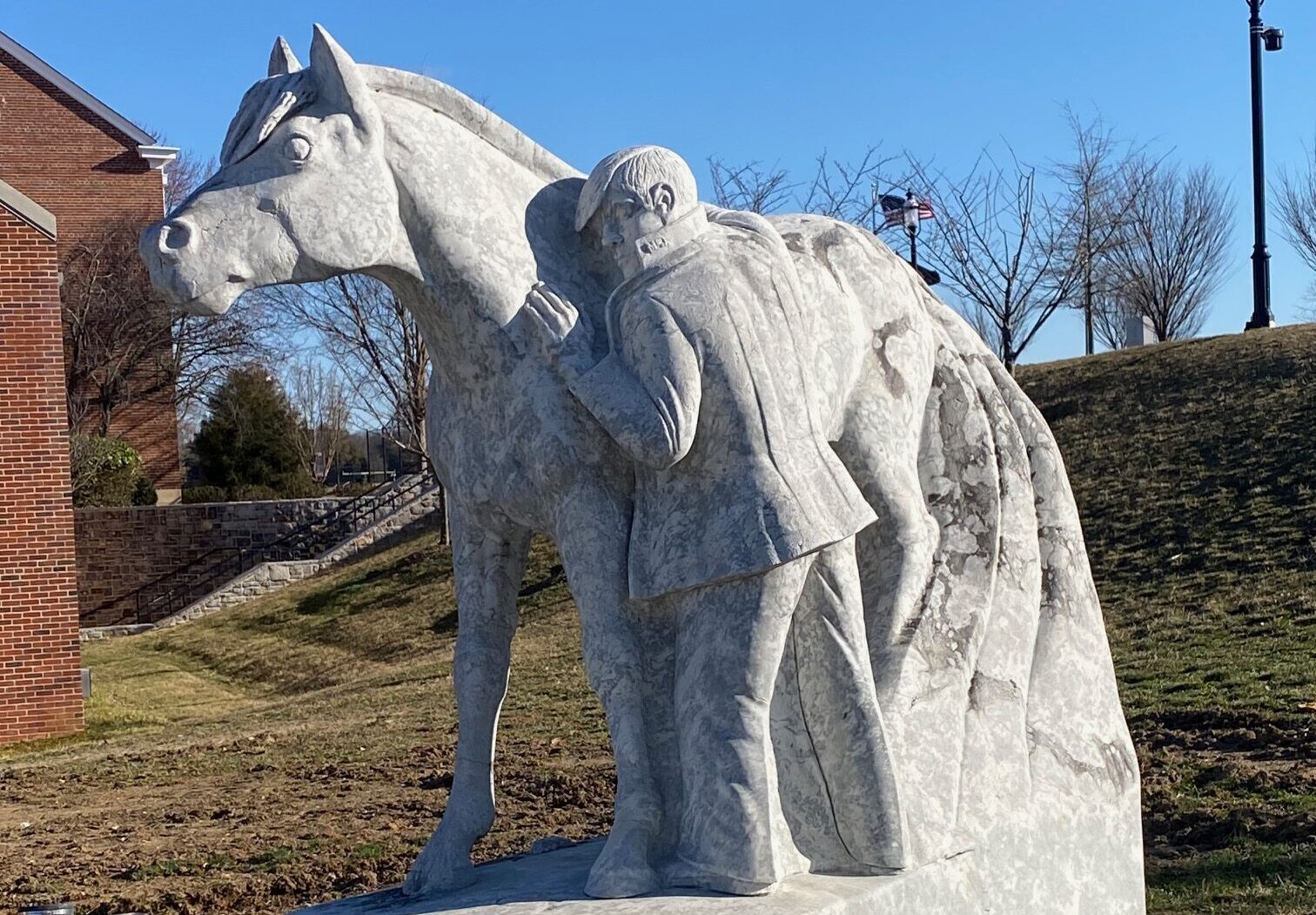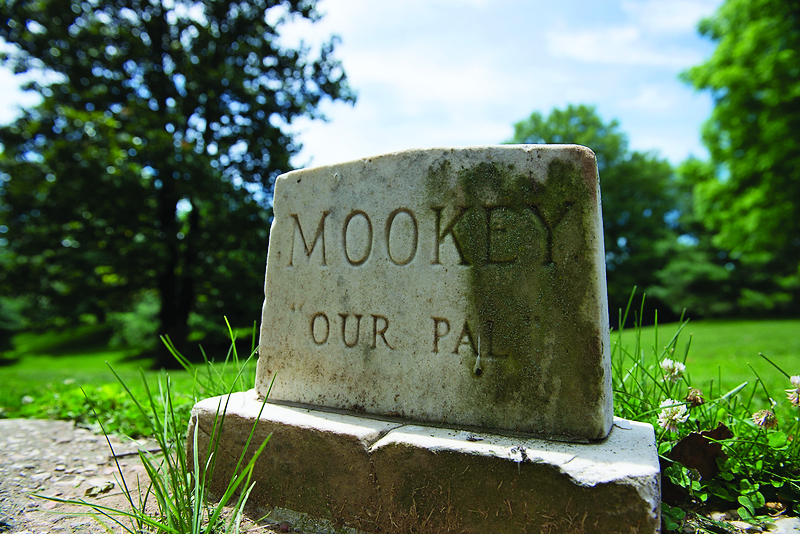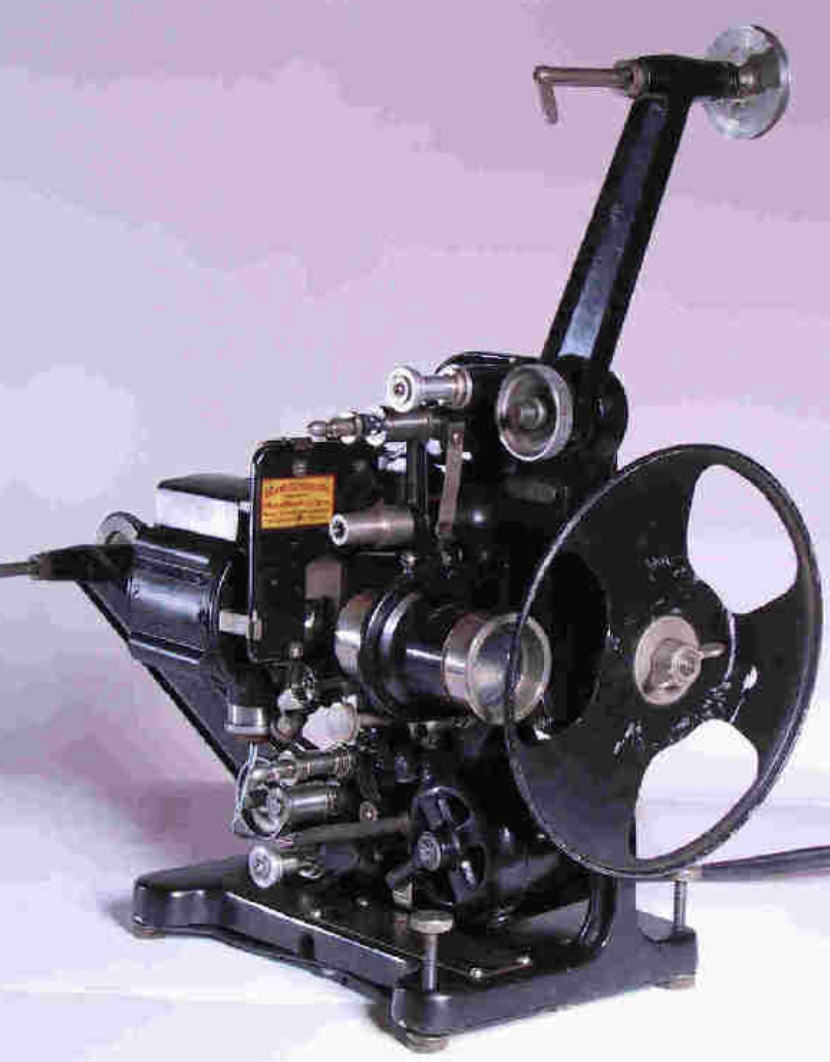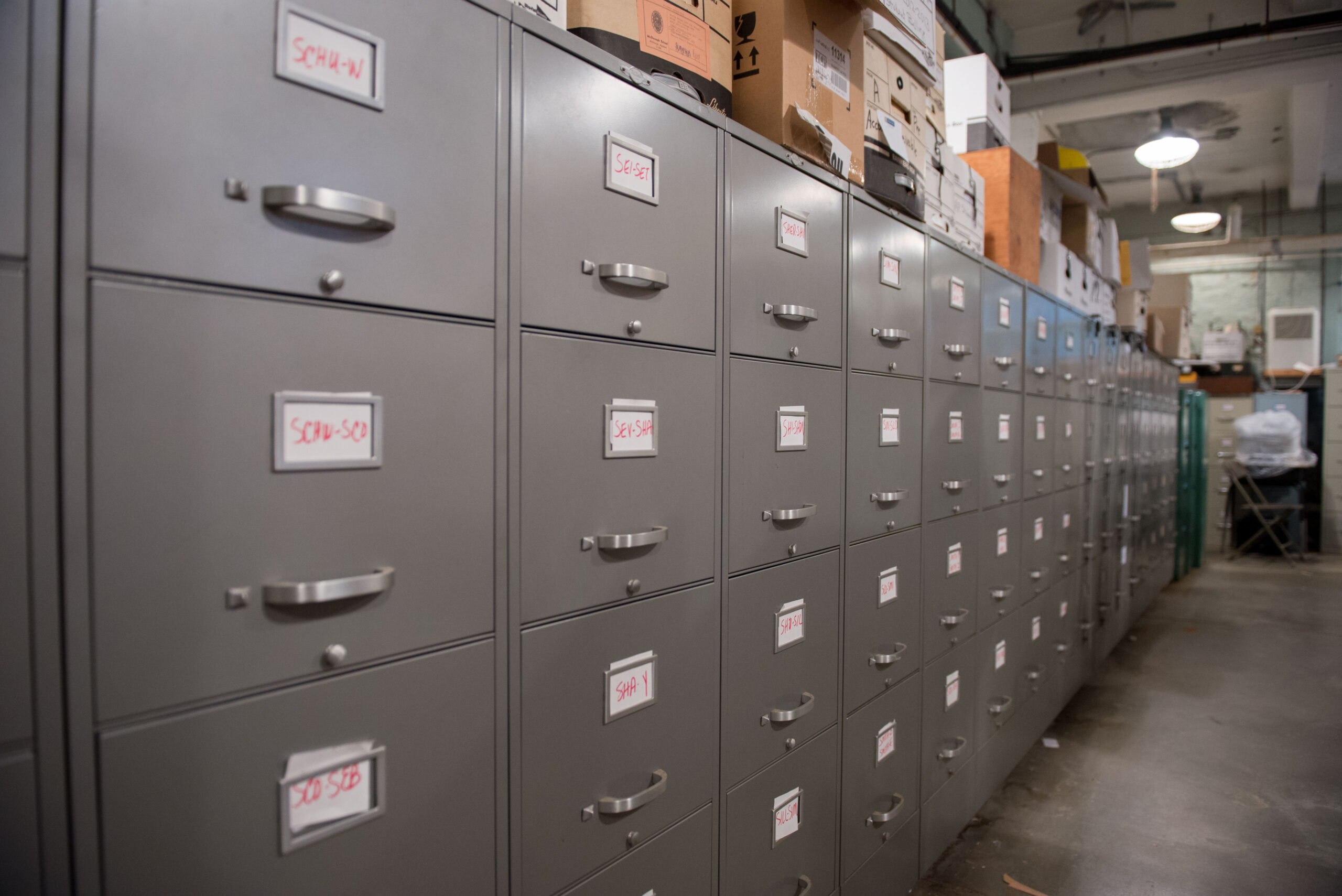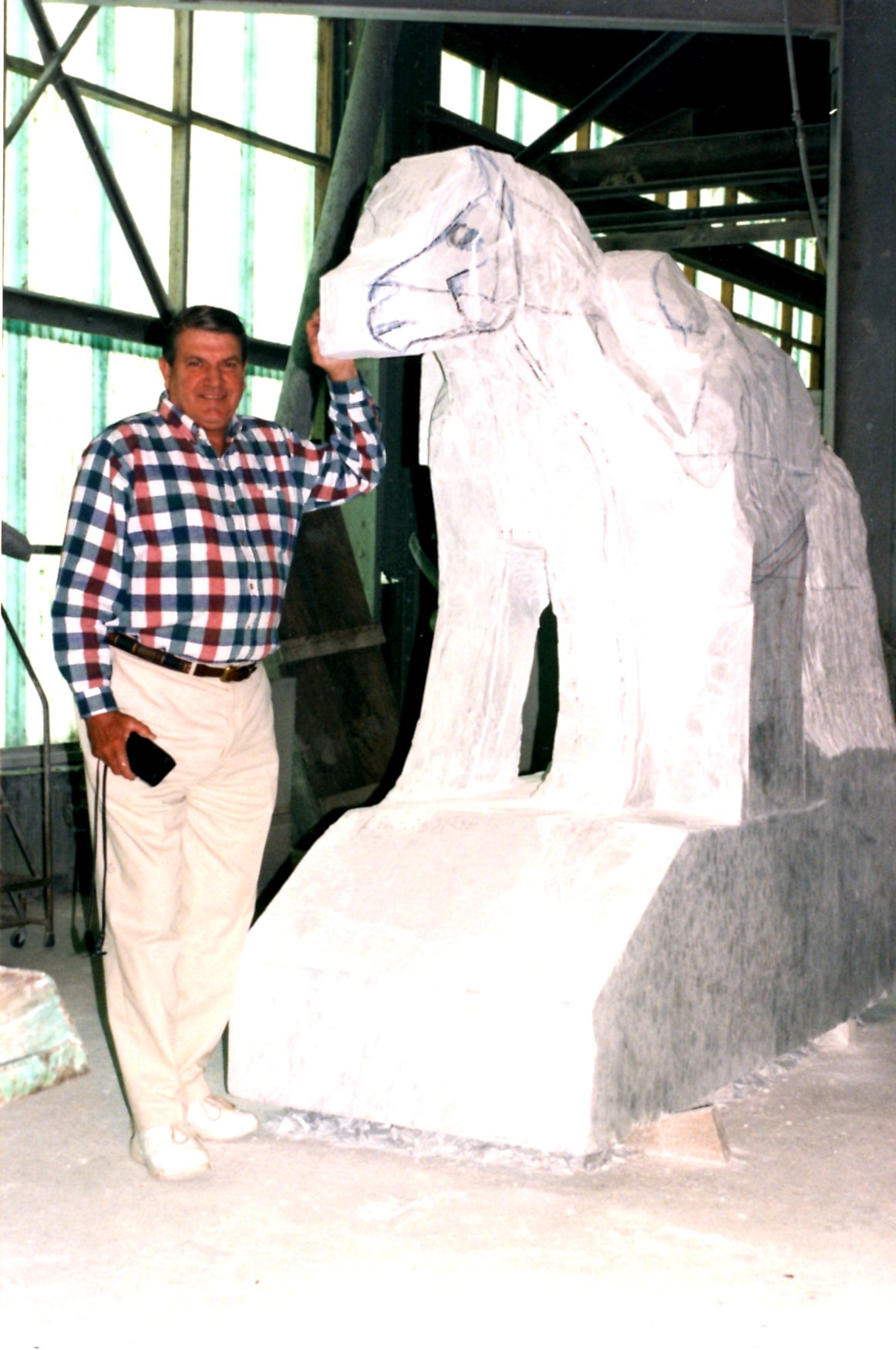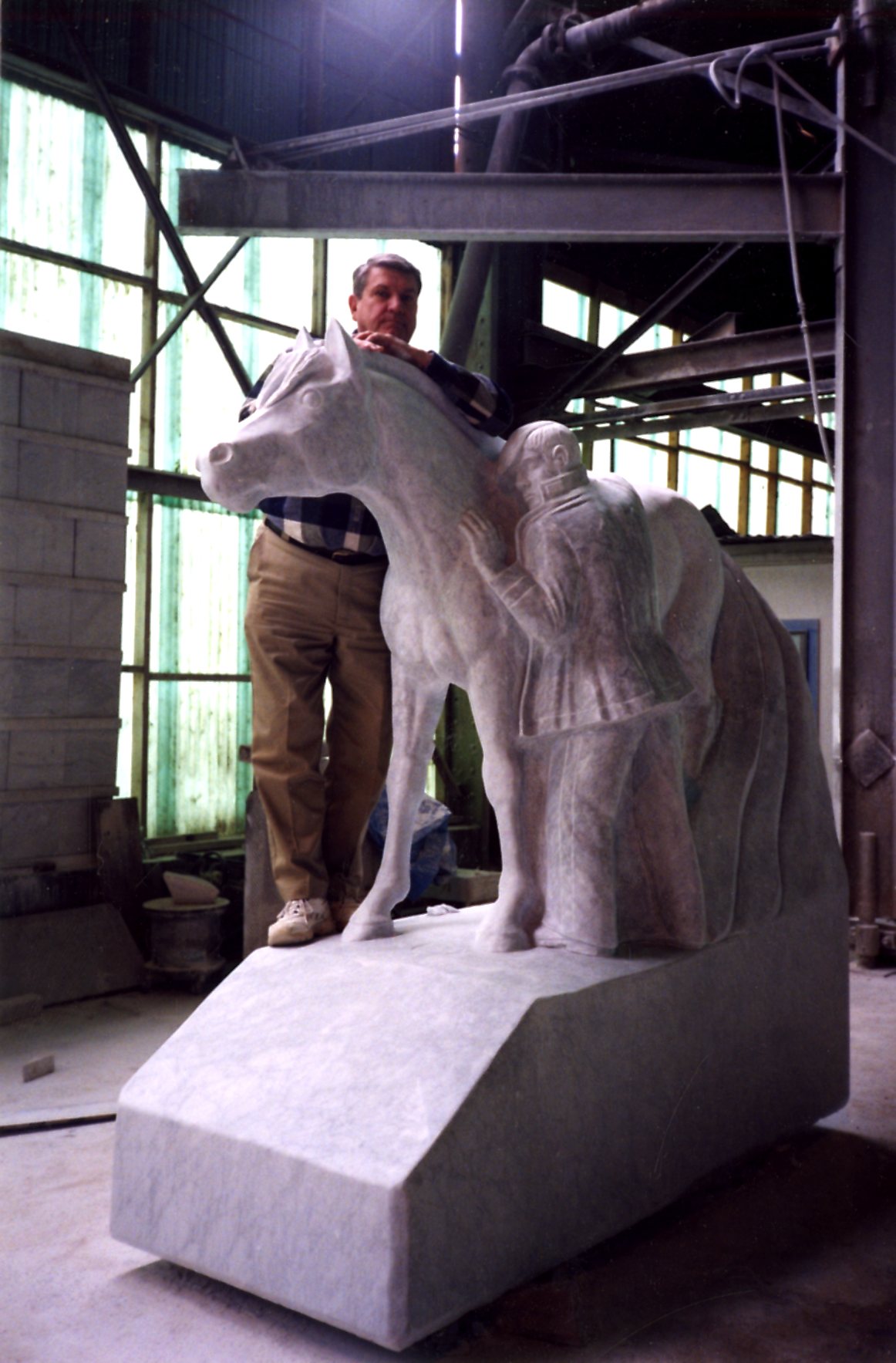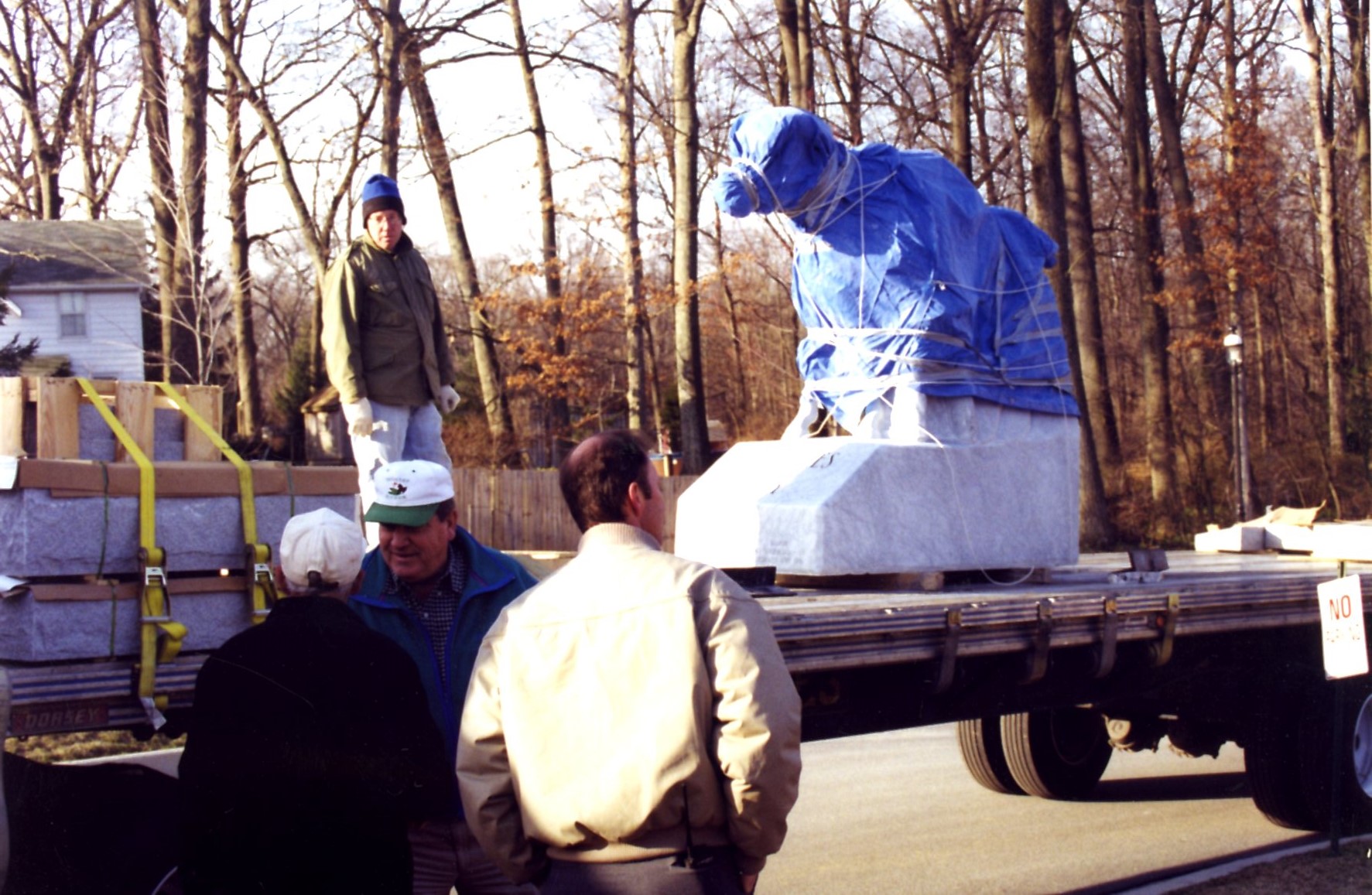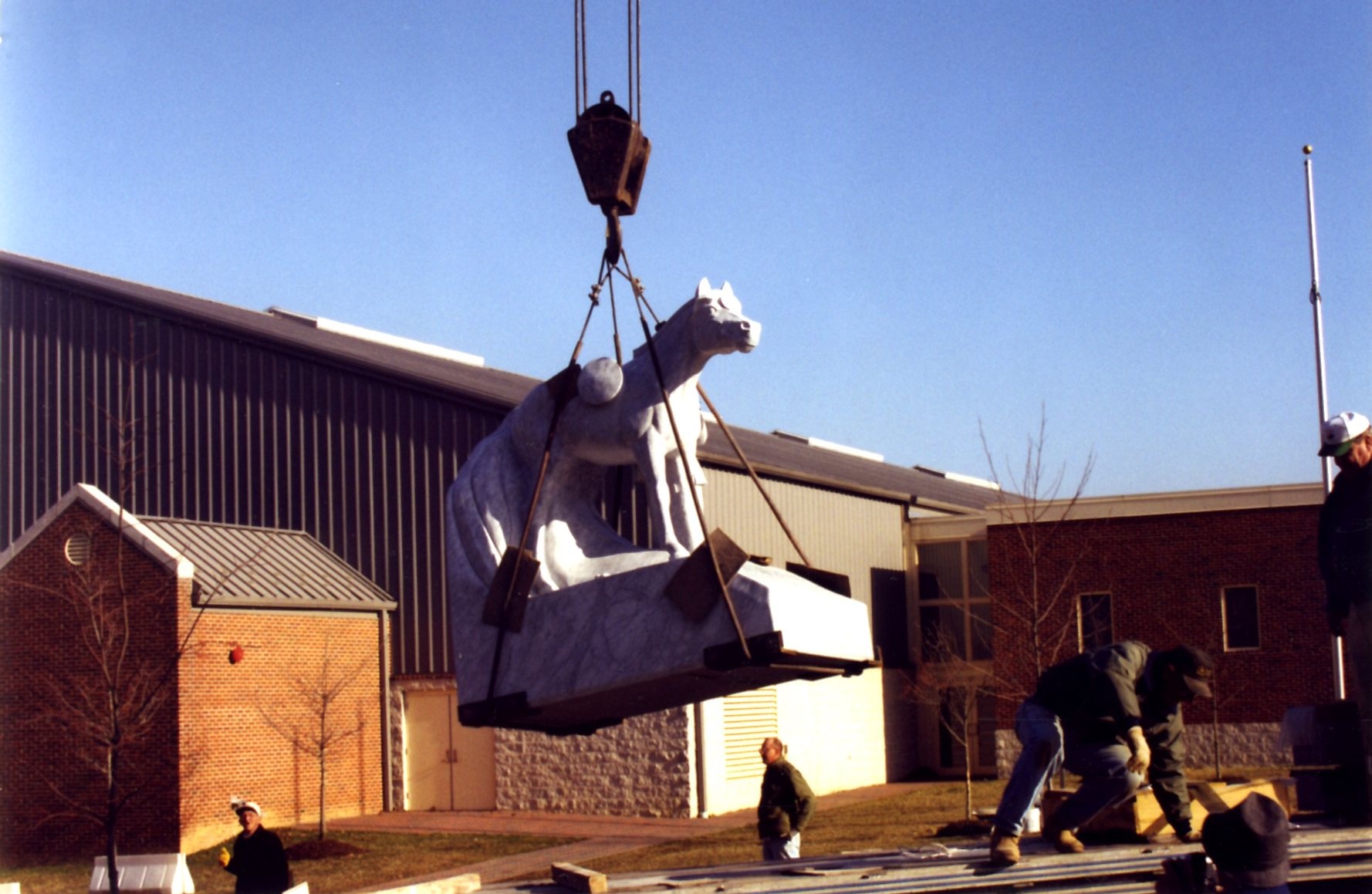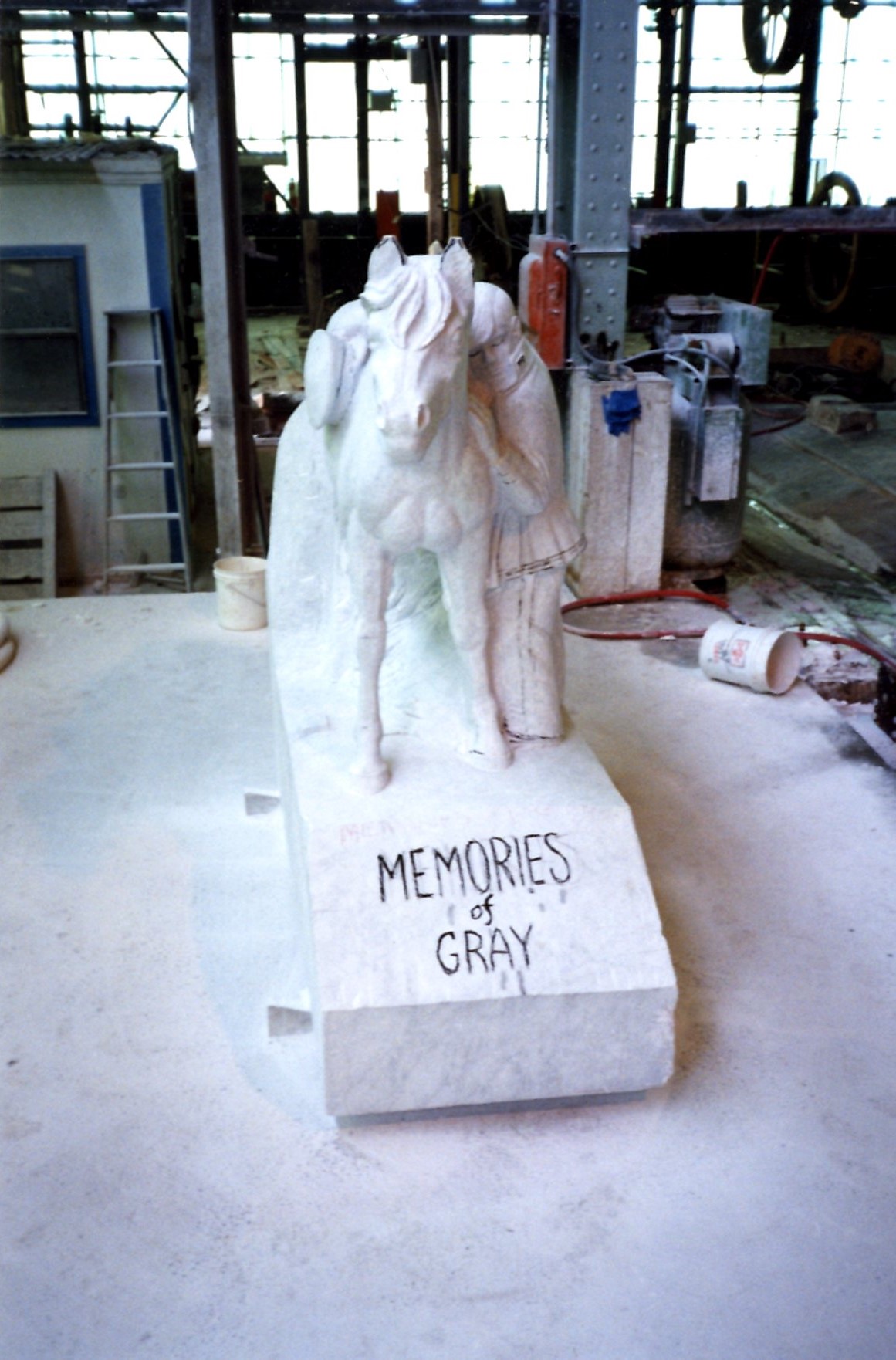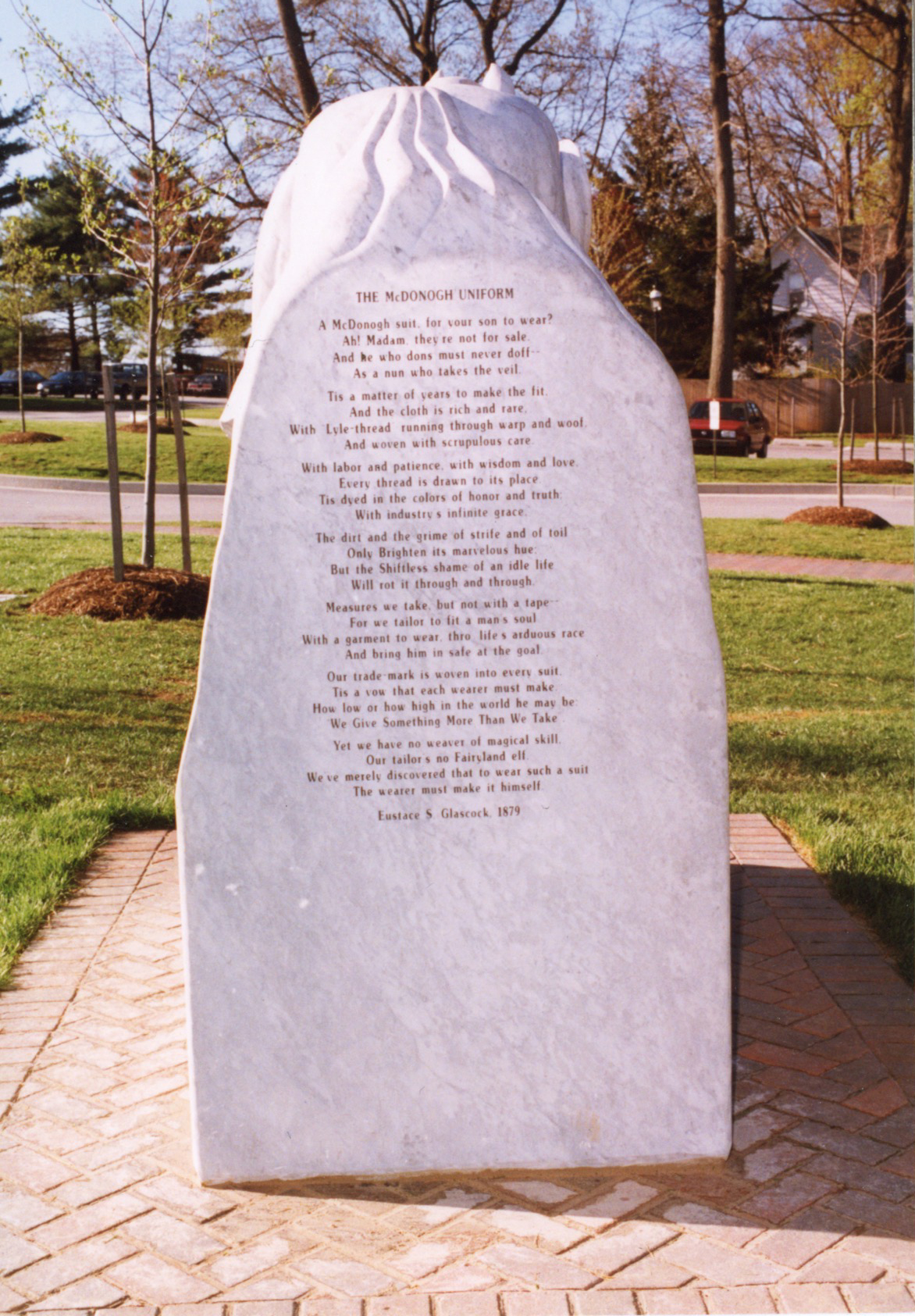In February 1944, Jim Dorsch sat for McDonogh’s scholarship exam. He was just 12-years-old and his father had recently died. Months passed without word from the School so he enrolled at Baltimore Polytechnic Institute. One September day as he was eating his lunch on the steps of the school, his sister appeared, grabbed his hand, and hurried him home saying, “You’re going to McDonogh.”
That night Jim slept in the Big Wing in Allan Building, and the next day he got his uniform. For the next five years, including two summers, McDonogh was his home. Forty years later, on the morning of his 40th reunion weekend, he married Virginia Pitcher in Tagart Memorial Chapel. Virginia chose the location because in her mind, “McDonogh had taken a boy from the streets and made for her a man.”
Five years later, at a 45th reunion dinner, Virginia was seated beside Jim’s classmate Bill Sunderland. She learned that he was an asthmatic child who spent much time quietly in bed. To occup his time, he learned to carve and by age seven, he discovered a new talent…transforming bars of Ivory soap into delicate carvings with a pen knife. Bill recalled that while he often won awards from Proctor and Gamble for his soap carvings, one contest he did not win was in his art class at McDonogh. He had responded to a desperate plea for help from an “all thumbs” classmate to do a carving for him — that piece promptly took first place while his entry came in second!
From fragile soap statuettes, he progressed to larger creations, usually animals, carved out of clay, wood, or stone. For 35 years, carving was a hobby for Bill who was kept busy with a successful carpet cleaning business. In 1989, he sold his business to pursue and perfect his passion. He traveled to Pietrasanta, Italy, to study at the Lynn Streeter Marble and Art Institute and learned to carve marble with pneumatic tools. Virginia learned that he was an accomplished artist who often won awards for the compassion that could be seen in his work.
At the Class of 1949 reunion dinner in the spring of 1994, Virginia asked Bill if he would make a sculpture for her, in secret, to give to Jim at Christmas. She wanted a cadet, not a tall, marching military figure or a confident senior heading for the world, but a young cadet, away from home, finding a home at McDonogh. Bill loved the idea, and a clandestine correspondence of sketches, drawings, and ideas began. On Christmas morning 1994, Jim, to his utter and absolute amazement, unwrapped “Memories” a 40-pound, lovingly-carved sculpture of, dark Georgia talc stone, fifteen inches high, and fifteen inches long.
In the meantime, Bill had been commissioned by his classmates to replace a long-lost bust of John McDonogh as a gift to the School. At the presentation in the spring of 1995, Virginia and Jim brought along “Memories” to show the class. The sculpture had been a labor of love for Bill and he hoped to carve a life-size version for McDonogh for his 50th class reunion, but it was cost-prohibitive. After a conversation with the School, Virginia and Jim decided to commission Bill to do a life-size sculpture of a cadet and his pony to highlight the McDonogh uniform and all it stood for as part of the School’s heritage.
And so it began. Bill sent for a 10-ton block of light gray Carrara marble from Italy and set up shop at a quarry in Georgia, 60 miles from his home. For more than three years, Bill commuted four times a week to the workshop where he skillfully help the block shed thousands of pounds as the figures of a young cadet and his pony emerged. On the back he carved Eustace Glascock’s (1879) poem “The McDonogh Unifomm.”
The life-size sculpture, “Memories of Gray,” arrived at McDonogh by truck in late March of 1999 in time to be dedicated on the 50th anniversary of the Class of 1949 and the 125th anniversary of McDonogh School. In sharing the story of the origin of Memories of Gray, Jim Dorsch said of his wife, “Virginia Pitcher, never wore the McDonogh uniform, but, like Bill Sunderland, she lives the line ‘we give something more than we take.’”
